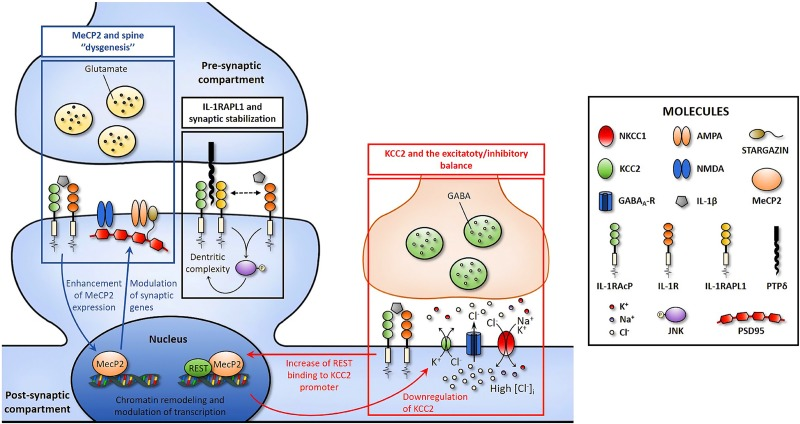The Communication Between the Immune and Nervous Systems: The Role of IL-1β in Synaptopathies
A New Era of conceptual Progress
Over the years, researchers have considered nervous and immune system as two independent structures with only few interactions restricted at specific pathological states.
However, recent breakthroughs have challenged this notion, depicting a new scenario where inflammation is now viewed as a common feature of many different mental illnesses including neuropsychiatric disorders such as depression and anxiety.
Indeed, it is now clear that activation of the inflammatory response leads to the release of inflammatory cytokines which access the brain and alter many neuronal functions. The molecular underpinnings of these processes have now become an area of intensive study.
Generalized Hypoxia can occur both in physiological conditions (subjects exposed to minor atmospheric pressures, at high altitudes) and because of respiratory pathologies, such as Chronic Obstructive Pulmonary Disease (COPD) and Acute Respiratory Distress Syndrome (ARDS).
Hypoxia can also be a short term consequence of the first phases of anesthesia during surgery, between anesthetics administration and intubation.
One of the main treatments for Hypoxia is Oxygen administration, which can, on the other hand, create a situation of Hyperoxia (excess Oxygen).
What We Know So Far
It is now widely accepted that many neuropsychiatric disorders, despite the high variety of symptoms and clinical manifestations, have in common specific alterations occurring at the synapses, the point of communication between two neurons.
However, given the low inheritance detected so far, a multifactorial etiology is likely at the basis of these disorders, with inflammation representing a key environmental factor.
In particular, pro-inflammatory cytokines, produced and released in the brain by many specific cell typesappear to play a pivotal role in these pathologies, affecting the structure and the function of the synapses.
Progress and Prospects
Among the immune molecules known to affect synapse function and structure, the pro-inflammatory cytokines interleukin-1β (IL-1β) and Interleukine-6 (IL-6) play a crucial role.
These immune molecules modulate the synapse in multiple ways, affecting different aspects of their formation and function.
Based on this scenario, a clear understanding of how these immune molecules affect synaptic structure and function represents the new frontier in the field on neurodevelopmental disorders.






